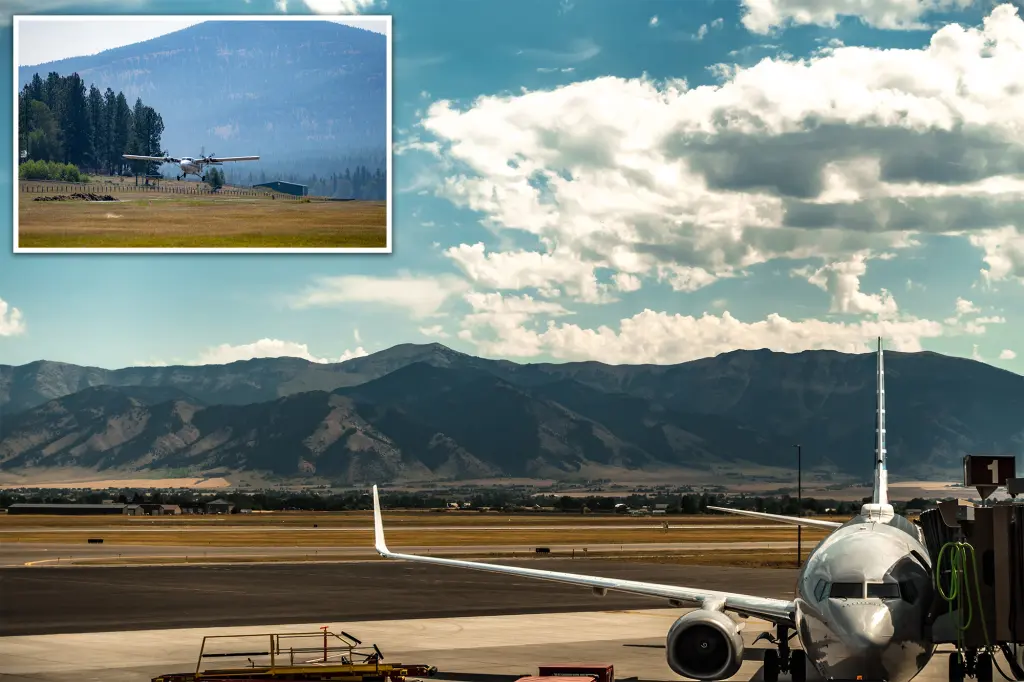Rural Communities Face Isolation as Government Shutdown Threatens Air Service
As the government shutdown stretches into its seventh day, nearly 200 remote communities across America face a looming crisis that could leave them effectively cut off from the outside world. The Essential Air Service (EAS) program, which subsidizes flights to over 170 remote airports across all 50 states, has funding only through Sunday. Once this lifeline runs out, rural Americans may lose access to critical services including healthcare, employment, and basic necessities.
“Every state across the country will be impacted,” warned Transportation Secretary Sean Duffy. “We don’t have the money for that program moving forward.” The implications are particularly severe for Alaska, where 65 communities depend entirely on air service for connection to the outside world. Senator Lisa Murkowski (R-AK) described the situation as “almost breathtaking” in its potential impact, emphasizing that “there is no road for any of these places.” While Alaska Airways plans to maintain some service, smaller carriers may be unable to continue operations without federal subsidies, creating what Murkowski calls “a big stressor” for isolated communities. The EAS typically funds two daily roundtrip flights on planes with 50 seats or fewer, providing essential connectivity that many rural Americans depend upon.
The timing of this transportation crisis couldn’t be worse as summer weather begins giving way to harsher conditions in many regions. Ryan Huotari, manager of Sidney-Richland Airport in Montana, expressed grave concerns about the alternatives: “Our winters out here are 20-below, they’re pretty treacherous. It’s pretty scary driving from here to Billings. I’d rather be in an airplane than a car.” While Sidney lies just four hours by road from Billings, elderly residents often cannot manage the eight-hour round trip, especially in adverse weather conditions. “If the EAS didn’t exist, I don’t think it would be able to function,” Huotari said of his airport, highlighting the program’s critical importance to the community’s infrastructure.
The human cost of these potential service disruptions extends far beyond mere inconvenience. For many in remote communities, these subsidized flights represent the only realistic access to specialized medical care, educational opportunities, employment, and family connections. When communities become isolated, particularly during harsh weather, residents face difficult choices about delaying medical treatments, missing work opportunities, or being separated from loved ones during emergencies. The EAS program was specifically designed to ensure that Americans in rural areas maintain connections to the broader economy and essential services, recognizing that geographic isolation shouldn’t mean sacrificing access to the benefits of modern society.
Meanwhile, the shutdown’s effects have begun rippling through the nation’s largest air travel hubs as well, creating cascading problems throughout the aviation system. Air traffic controllers started working without pay on Monday, leading to increasing instances of staff calling in sick across the country. This staffing shortage has already forced some significant disruptions – Nashville International Airport had to completely shut down for seven hours on Tuesday evening, while Hollywood Burbank Airport near Los Angeles temporarily closed its tower on Monday, with pilots receiving the stark message: “The tower is closed due to staffing” when requesting clearance to take off. Newark International Airport, one of the nation’s busiest, now anticipates implementing flight reductions in coming days if the shutdown continues, according to Federal Aviation Administration announcements.
The developing crisis illustrates how government functions that often operate in the background become critically important when they’re threatened. For Americans living in remote communities, the EAS program isn’t an abstract government service but rather a vital connection to the wider world. As political deadlock in Washington continues without resolution, real consequences are beginning to emerge for citizens far from the centers of power. The situation underscores how interdependent our national systems are and how quickly disruptions can cascade into serious threats to safety, health, and community well-being. Without quick action to restore funding, hundreds of communities across America face not just inconvenience but potentially dangerous isolation, particularly as winter weather approaches in many regions. The clock is ticking as Sunday’s deadline for EAS funding draws near, leaving rural Americans watching anxiously for signs of political compromise that would restore this essential service.


